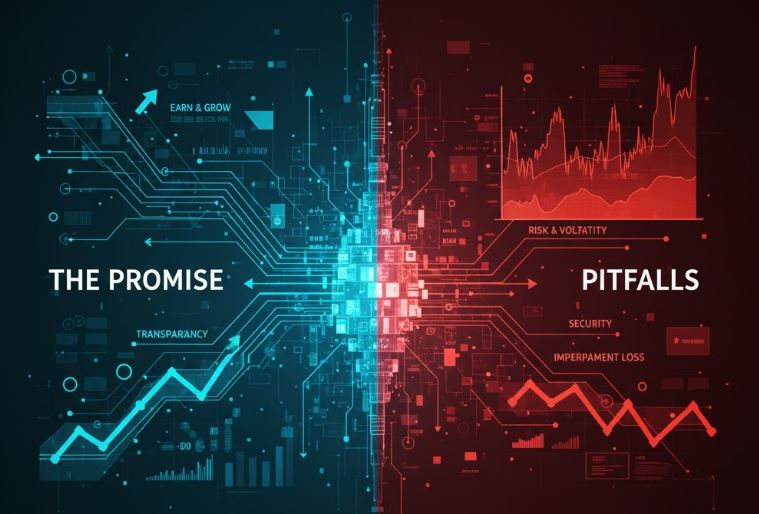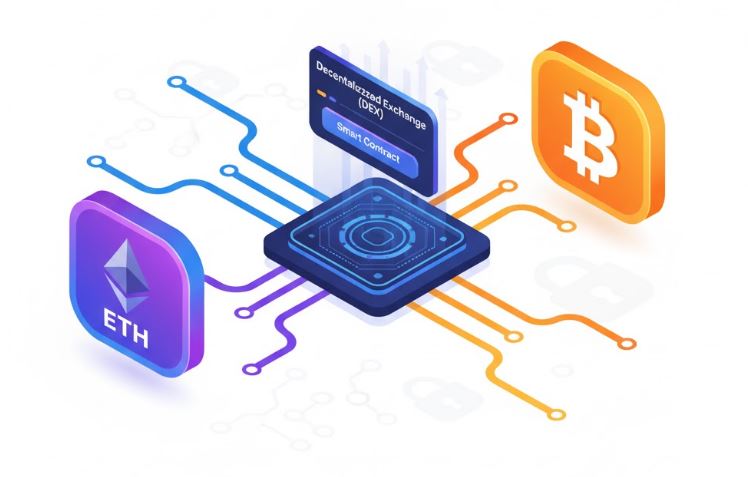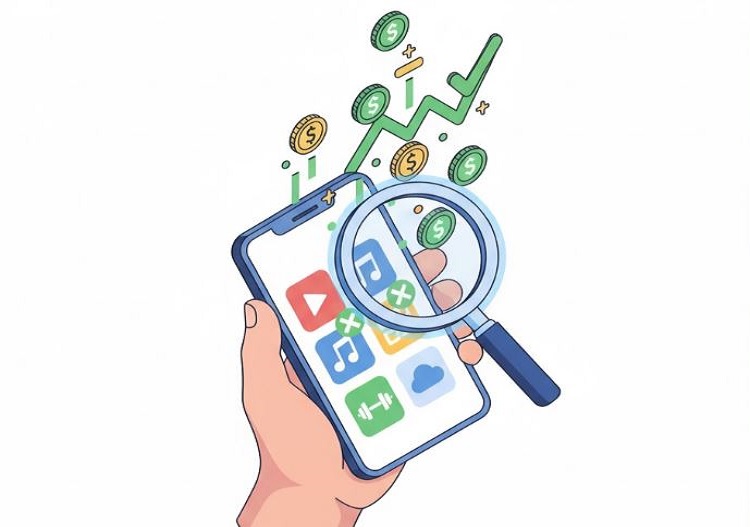Every few years, a new buzzword promises to change everything. Not long ago, it was “the metaverse.” Before that, it was “AI.” Now it’s DeFi, short for Decentralized Finance. Depending on who you ask, it’s either the future of money or a digital Wild West.
At its core, DeFi is a simple idea wrapped in complex tech. It’s about removing the middlemen, banks, brokers, payment processors, and letting people make financial transactions directly with each other, powered by blockchain. No banks freezing your funds, no institutions deciding who qualifies. Just code, contracts, and math.
It sounds revolutionary, and in many ways, it is. Imagine sending money anywhere in the world instantly, with almost no fees. Imagine borrowing or earning interest without ever walking into a bank. DeFi gives people control, transparency, and access that traditional finance has often kept locked away. For communities left out of the financial system, that’s powerful.
But the reality isn’t as clean as the pitch decks make it sound. With freedom comes risk, and in DeFi, risk is everywhere. Smart contracts can have bugs. Tokens can crash overnight. “Decentralized” doesn’t always mean “safe.” When a DeFi platform fails or gets hacked, there’s usually no help desk to call, no regulator to step in, no refund waiting.
There’s also the human factor. A lot of what’s built in the DeFi world still assumes users understand how private keys, wallets, and protocols work, things most people barely think about. One wrong click, and your digital savings can disappear forever. For a system meant to be more inclusive, that’s a steep learning curve.
Still, it would be unfair to dismiss DeFi as just another hype cycle. The innovation happening is real. The idea that you can lend, trade, and save without permission from a centralized power is both radical and liberating. It’s just that revolutions in finance tend to move slower than revolutions in tech, because trust, once broken, is hard to rebuild.
Right now, DeFi feels like a frontier town: full of opportunity, full of danger, and still figuring out its rules. Some projects will crash. Others will quietly reshape the financial landscape. The ones that survive will likely be the ones that blend the best of both worlds, transparency and innovation from crypto, stability and accountability from traditional finance.
So maybe the question isn’t whether DeFi will change the world, but how much of it will we actually keep when the dust settles. Because behind the hype and the hashtags lies something worth watching — not a shortcut to riches, but a reminder that even money itself is evolving.
And as with any big shift, the winners won’t be the loudest, they’ll be the ones who understand both the promise and the pitfalls, and know how to walk carefully between them.







